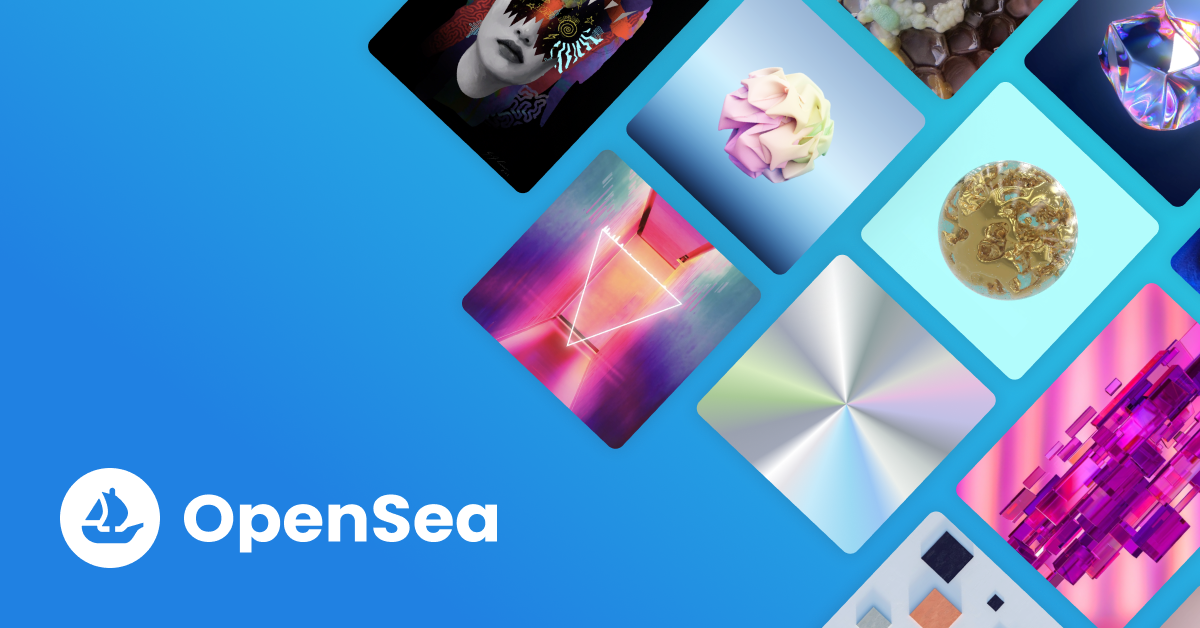- MEDIA FEDERATION
- Posts
- What Defines Web3? A Quick Guide to the Decentralized Frontier
What Defines Web3? A Quick Guide to the Decentralized Frontier
Unpacking Web3 for Creators, Marketers, and Innovators
From Web1 to Web3: A Snapshot
Web3 isn’t a buzzword—it’s a rebellion with roots. Let’s break it down.

Web1 (1990s) was the internet’s Wild West—static HTML pages and dial-up vibes. Think Pizza Hut’s 1995 online order form: groundbreaking, but cash-on-delivery was king because trust was shaky. Web2 (2004-ish) flipped the script—MySpace, Google, and Facebook made it social and slick, but at a cost. Your data became their goldmine, and centralized giants took the reins.
Then, in 2008, Satoshi Nakamoto’s Bitcoin whitepaper dropped. Blockchain was born, followed by Ethereum’s smart contracts in 2015. Enter Web3: a vision of the internet where power shifts back to users—decentralized, owned, and direct.
Web3 in Action: Mia’s Story
Picture Mia, a digital artist crafting pixelated landscapes. In Web2, she posts on a platform that skims 30% of her sales, controls her uploads, and could ban her anytime. Her art’s not fully hers.
Now, step into Web3. Mia mints her work as an NFT (“Non-Fungible Token”) on OpenSea, a blockchain-powered marketplace. She sells it for crypto—say, 0.1 ETH (~$250)—straight to her wallet. No middleman, no fat fees. The blockchain logs it, proving she owned it, sold it, and moved on. OpenSea’s just the stage; Mia’s the star.
Web3 blends Web1’s decentralized spirit with Web2’s richness, minus the overlords.
The Heart of Web3: Blockchain
Blockchain’s the soul here—a digital ledger spread across thousands of computers, not locked in some corporate vault. It’s transparent (anyone can verify), immutable (no edits after the fact), and trustless (code, not CEOs, runs the show). Ethereum co-founder Gavin Wood nailed it: “Less trust, more truth.”
Core Web3 principles?
Decentralization: No single ruler—users hold the keys.
User Ownership: You control your data, art, or coins.
Native Payments: Crypto cuts out banks or app stores.
Take OpenSea: it’s built on Ethereum’s blockchain, ensuring Mia’s NFT is hers alone. Or DeFi apps like Aave, lending billions via smart contracts. That’s Web3—practical, not just dreamy.
Can Web3 Exist Without Blockchain?
Some argue yes—Web3’s about democratization, not just tech. Could other tools (like non-blockchain ledgers) pull it off? Maybe. But here’s the rub: blockchain’s the only one with real traction. In 2021, critics like Elon Musk call it hype, but the consensus—from Wood to Harvard Business Review—ties Web3 to blockchain. Strip it out, and you’re left with Web2 in a fancy mask.
Why Web3 Matters
Web3’s a creator’s playground. For Media Federation, it’s our journey—exploring how blockchain, NFTs, and decentralized tools redefine content, marketing, and monetization. This is just the start.
What do you think? Is Web3 the future, or overhyped? Drop a reply below.
Want More? Sign up for The Federated Edge—weekly Web3 insights delivered to your inbox.


Reply